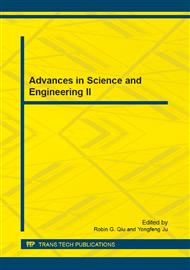p.964
p.969
p.975
p.983
p.989
p.995
p.1002
p.1007
p.1013
The Adaptive Ship Motion Control Based on Fuzzy Neural Network
Abstract:
Given the uncertainty of parameters and the random nature of disturbance, a ship motion, is a complicated control problem. This paper has researched adaptive neural network systems and its application to ship’s motion control. In paper, Ship’s mathematical model is researched. Aimed at ship mathematical motion model, the model reference adaptive auto pilot is first designed based on the analysis of the model reference adaptive control theory. We used fuzzy logic and neural networks to design the feedback controller, used multilayer perceptron neural network to design the reference model and the ship course identification model network. Based on the fuzzy control and neural network, an intelligent adaptive control algorithm was presented in the paper. In consideration of the forces and moments from the environmental disturbance, such as winds, waves, currents, etc., Simulation experiments are carried out by using Matlab’s Simulink toolbox. The simulating result indicates the designed adaptive controller can get a good control performance for ship course tracking system.
Info:
Periodical:
Pages:
989-994
Citation:
Online since:
October 2011
Authors:
Keywords:
Price:
Сopyright:
© 2012 Trans Tech Publications Ltd. All Rights Reserved
Share:
Citation:


